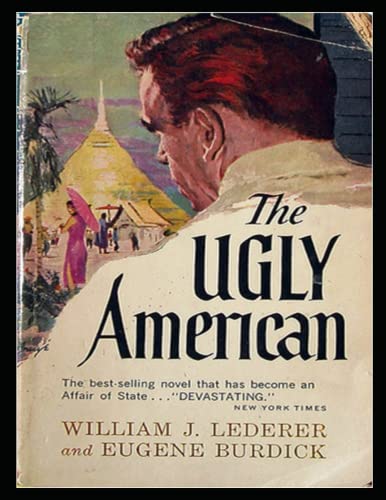Guidelines for Lyceum Debates
The objective of Lyceum Debates is to restore civil discourse in the United States. Our format aims to reward solution-centric discussion and offer an alternative to conventional political debate formats that argue either-or resolutions. Lyceum debates are conducted virtually and take about 30 minutes to record, giving each of 3 or more participants equal speaking time. The final videos are edited and produced to guarantee equal speaking time. Advice for Participants Debates will be conducted and recorded over an online platform (Riverside) Participants should be dressed formally — the same as a television interview. Participant camera (laptop or otherwise) should be at eye level. Use strong front lighting for your face, and a professional background. Rules Structure. Three people make three recommendations aimed at one problem. Each participant gets three minutes to make their main points, two minutes to cross-examine the other participants (and two minutes to be cross-examined), and two minutes to summarize. Time. The total duration is 23 minutes. Strict enforcement will make sure each participant has equal talk time. If a participant exceeds their time during the live recording, their remarks will be edited down to fit the allotted slot for the version that is recorded and released. Edits will never be made for content, only for time. Format. There are three parts to each debate: main remarks, cross-examinations, and closing remarks. Debates will open and close with a brief intro and outro. The primary format for the 3-person debate (with speakers A, B, and C) will be: 3 min – Main Remarks by A. 2 min cross-ex – B&C question, A answers 3 min – Main Remarks by B 2 min cross-ex – C&A question, B answers 3 min – Main Remarks by C 2 min cross-ex – A&B question, C answers 2 min – A final remarks 2 min – B final remarks 2 min – C final remarks Cross-examinations. Each speaker will be asked questions by one participant immediately after their main remarks. The questioner can pose 2-3 questions, but must be brief in the questioning (taking no more than 30 seconds total). The speaker will have roughly 30 seconds to reply to each question. The entire cross-examination should take 2 minutes, and answers will be edited during post-production accordingly. Voting Following the debate, viewers will be encouraged to (1) vote for the top ideas that were presented. Importantly, they will be able to vote for a mix of ideas from the different debaters. Votes will also be taken for (2) the most persuasive speaker and (3) the most educational speaker . This wide array of votes will enable us to reward debaters with more than just a win/loss in traditional formats.
Ugly Americans & Beautiful Immigrants?

by Tim Kane The Ugly American started as a novel and ended as a catchphrase. It’s used offhand today to describe callous superpower tourists who don’t make any attempt to speak the language. Ugly Americans aren’t there to conquer, that’s so last century. It’s imperialism by credit card, an ignorance of culture beyond what Hollywood appropriates. The label entered the vernacular of global elites and never left. New money, no class. The eponymous novel was more sophisticated, and a surprise sensation upon its publication in 1958. The first draft of the manuscript was a non-fiction analysis about diplomacy in Southeast Asia, but was converted to fiction at the urging of its publisher. John Kennedy was so impressed that he sent a copy of The Ugly American to each of his fellow Senators. He was inspired by its message to shake up American foreign policy. Upon winning the presidency, Kennedy established the Peace Corps, the Green Berets, and the strategy of counterinsurgency in the bubbling Vietnam conflict. LBJ mentioned the novel during speeches in 1964, remembering its core message that Soviet diplomats in the fictional country of Sarkhan were culturally sensitive, treating the local people with respect, whereas Americans were loud, obnoxious, and haughty. The catchphrase lives on, even though the underlying reality has changed entirely, especially when it comes to immigration policy. LBJ’s overhaul of America’s immigration laws in 1965 was driven by a desire to change America’s perception in the world and of the world. Starting that year, immigrants were welcomed in a colorblind fashion, with an emphasis on welcoming family members and refugees that set the standard worldwide. George Bush doubled down on that exceptional openness in 1990. And today, there is no nation more welcoming of immigrants than the United States. The misperception that the public is hostile to immigration is a figment of the media’s imagination. Gallup has found that support among Americans for increasing immigration is five times higher in 2020 than it was all polls from the 1960s to the 1990s. The American people support greater immigration, assimilation, and ethnic diversity than any country in Europe. In a 2016 cross-country study, Pew asked this question to a wide sample of Americans and citizens of 10 European countries: “Do you think having an increasing number of people of many different races, ethnic groups and nationalities in our country makes this country a better or worse place to live?” Not a single European country had a majority favoring more diversity, but 58 percent of Americans did. France, England, Italy, Sweden, and every other country studied were far less welcoming than the United States. In Germany, the ratio of better/worse respondents was 1 to 1, compared to the U.S. where it was over 8 to 1. What the American People Really Think Dave Brady is famously cantankerous and hilarious, a distinguished political scientist at Stanford University and a colleague of mine at the Hoover Institution. A few years ago, we talked about how thin most public survey questions are on the topic of immigration. Dave agreed to work with me to develop a new survey of American public attitudes focused entirely on immigration. It turned out our timing was perfect, with Donald Trump elected and immigration being his signature issue. After a year of preparation, we had a lengthy and careful set of nearly thirty questions that we fielded early in the summer of 2017. We repeated the survey for this book with some new and modified questions in January 2020.Fourteen reforms were considered by our panel. The most popular policy was E-verify, a program that is required by some states but not mandated by the federal government. Four of five people agree that it would be good for U.S. immigration policy to “require employers in all 50 states to electronically verify the citizenship and legal work status of employees.” Should English be the official language of the United States? Eighty percent of of native and naturalized citizens agreed with this idea, and more than half of those agreed strongly. The third most popular policy proposal is not a reform, rather it is to continue the policy of birthright citizenship, or jus soli. It is currently enshrined in the 14th Amendment. Strong agreement for two additional approaches stood out. These two policies are supported by a solid majority of Democratic and Republican voters, even though they may sound conservative based on the partisan framing common in the media. The first was harsher penalties for criminal migrants who cross the border illegally multiple times. We found 68 percent agreement for “Prison terms of 10-25 years for illegal immigrants who re-enter the US after being convicted of certain crimes here and deported” and half of that was “strong” support. The second policy with such strong support is related to tightening asylum procedures. Again, 68 percent favored a policy to “Immediately return immigrants caught illegally crossing over the border with Mexico, instead of releasing them to live freely inside the U.S. pending a trial.” The de facto policy is known as catch-and-release, and Americans do not like it. How did our respondents feel about the thousands of refugees from Honduras, Guatemala, and El Salvador that overwhelmed the US-Mexico border before the Covid-19 lockdown? A majority felt the United States “has a responsibility to accept immigrants who are fleeing violent conditions in their home country,” but only 44 percent agreed that anyone claiming asylum should be automatically accepted. There has to be a screening process. Only one-third of the American people agree that “Open borders” would be good for immigration policy. And only a third of that third strongly agrees, making it by far the least popular of the immigration policies that we asked about in our survey. Power in Diversity The biggest surprise in our deep dive survey is that Americans are amazingly unified across partisan lines when it comes to immigration. They like it, especially legal immigration. In fact, members of the both major political parties have become

